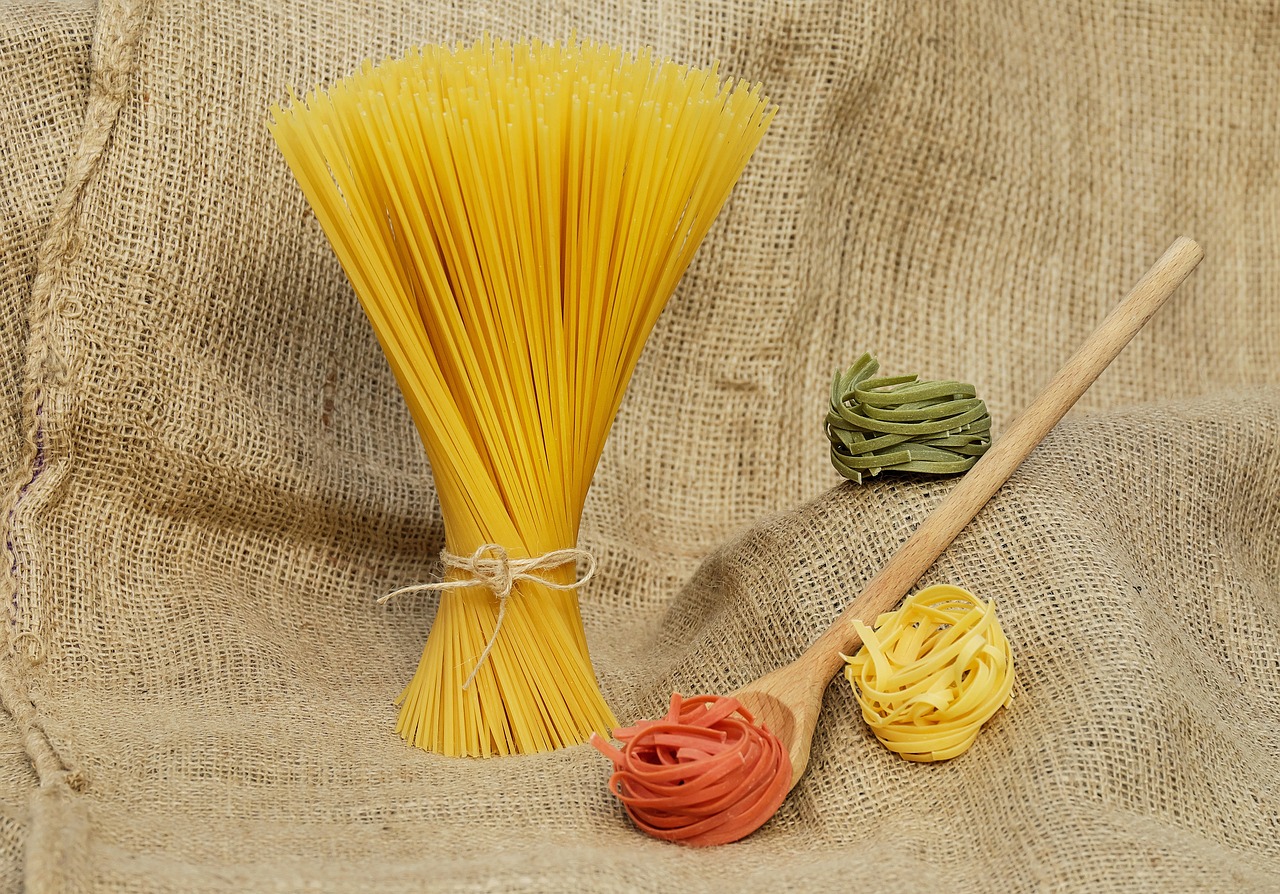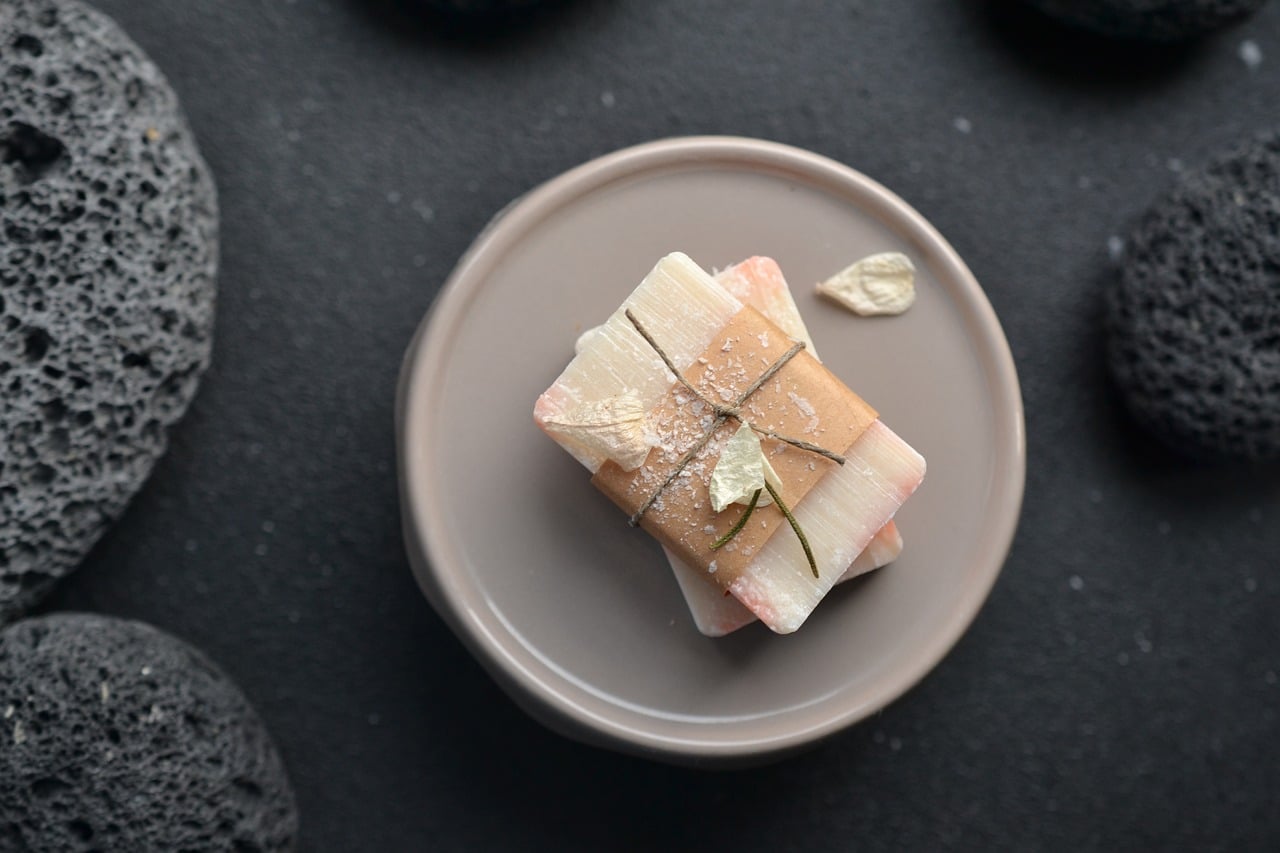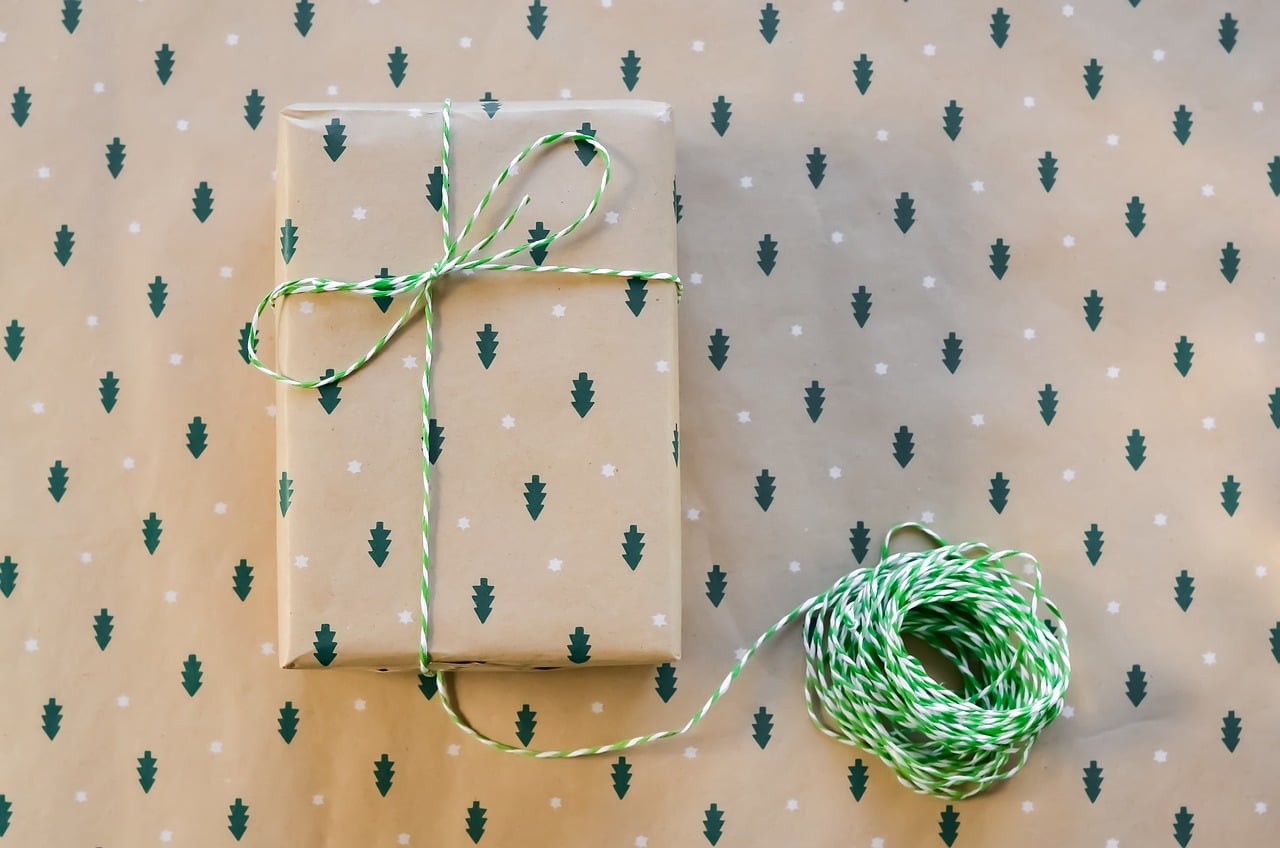Plantable paper packaging represents an ecological revolution in packaging. These innovative solutions not only protect products, but also help to preserve the environment by allowing plants to grow after use. This article explores the different types of packaging using plantable paper, highlighting their benefits and practical applications. Get ready to discover how you can make your packaging both functional and beneficial to the planet.
Types of plantable paper packaging for food products

Packaging for fresh produce
Plantable paper packaging for fresh food products, such as fruit and vegetables, offers a sustainable and innovative solution. This biodegradable packaging is designed to keep produce fresh while reducing waste. Once used, they can be planted to grow herbs or flowers. This approach encourages a closed, environmentally-friendly life cycle.
Packaging for dry products
Dry products, such as pasta, rice and cereals, can also benefit from plantable paper packaging. These packages are robust and designed to protect food from moisture and contaminants. After consuming the contents, consumers can plant the packaging and watch edible or decorative plants grow. This method of packaging reduces plastic waste and encourages sustainable practices.
Packaging for beverages
Even drinks can be packaged in an environmentally-friendly way using seed paper. Tea bags, for example, can be made from seeded paper. After brewing, these bags can be planted to grow flowers or herbs. Bottles of wine and other drinks can be wrapped in planting paper, turning every sip into an opportunity to green the planet.
Benefits for businesses and consumers
Using plantable types of paper packaging has many advantages for both companies and consumers. For companies, it reinforces their brand image as leaders in sustainability. For consumers, it offers a simple and enjoyable way to help protect the environment. By choosing plantable paper packaging, companies can show their commitment to the planet while offering their customers a unique, eco-friendly experience.
Case studies: pioneering companies
Several pioneering companies are already adopting these types of plantable paper packaging. From local food brands to industry giants, innovation is spreading. For example, some snack brands are using seed packets to package their products, turning every purchase into an eco-friendly action. These companies are showing that innovation and sustainability can go hand in hand, and inspiring others to follow their example.
Types of plantable paper packaging for non-food products

Packaging for cosmetics
Cosmetics, often criticised for their plastic packaging, can benefit from plantable paper solutions. The boxes and sachets used for creams, serums and other beauty products can be made from seeded paper. Once the product has been used, the packaging can be planted to grow flowers or herbs. This approach reduces waste and adds a touch of nature to consumers' beauty routines.
Packaging for clothing and accessories
Plantable paper packaging is also ideal for the fashion industry. Clothing, footwear and accessories can be packaged in plantable paper, offering an environmentally friendly alternative to non-recyclable plastic bags and cardboard boxes. By planting the packaging after use, consumers can grow plants while helping to reduce waste from the textile industry.
Packaging for technological products
Even technology products can be sustainably packaged. Small gadgets, electronic accessories and even some appliances can be protected with planting paper. This biodegradable packaging offers adequate protection while being environmentally friendly. Once the product has been unpacked, the packaging can be planted, transforming a potential waste product into a new source of life.
Benefits for businesses and consumers
Types of plantable paper packaging for non-food products offer similar benefits to those for food products. For companies, they offer an opportunity to differentiate themselves in the market by adopting sustainable practices. For consumers, they offer a tangible way of helping to protect the environment. By opting for this type of packaging, companies can improve their brand image and attract environmentally conscious customers.
Innovations and trends
Innovation in plantable paper packaging continues to grow. New technologies and production methods are making it possible to create even more efficient and diverse packaging. For example, some manufacturers are developing vegetable-based inks and biodegradable adhesives to complement plantable paper packaging. These innovations show that the future of packaging is not only environmentally friendly, but also rich in creative possibilities.
Environmental and social impact
The adoption of plantable paper packaging for non-food products has a significant environmental and social impact. It helps to reduce plastic waste, promote biodiversity and educate consumers about sustainable practices. By choosing this packaging, companies can play a key role in the transition to a circular economy and encourage more responsible consumption.
Types of plantable paper packaging for gifts and events

Gift wrapping
Plantable types of paper packaging are perfect for gifts, offering an eco-friendly and innovative alternative to traditional gift wrap. Whether it's for a birthday, wedding or any other celebration, these wraps add a personal and lasting touch. Once the gift has been opened, the wrapping can be planted to grow flowers, herbs or even vegetables. This turns a simple wrapping into a living, thriving keepsake.
Packaging for special events
Special events, such as weddings, birthdays and corporate parties, can benefit from the use of planting paper packaging. Invitations, programmes and souvenirs can all be made from planting paper. Once the event is over, guests can plant these items and grow plants as a memento of the occasion. This eco-friendly and memorable approach strengthens the bond between participants and the event.
Packaging for business and marketing
Companies can use planter paper packaging for their marketing and public relations campaigns. Product samples, brochures and business cards can all be made from planter paper. This demonstrates the company's commitment to sustainability and offers customers and partners a unique way to remember the brand. By planting these items, they will also be contributing to biodiversity and environmental protection.
Benefits for organisers and participants
Using plantable paper packaging for gifts and events has multiple benefits. For organisers, it shows a commitment to sustainable and responsible practices. For attendees, it offers a unique and memorable experience. By adopting these types of packaging, organisers can create events that are not only beautiful and festive, but also beneficial to the planet.
Creative ideas and personalisation
The possibilities for personalising the paper plant wrappers are endless. You can choose papers with specific seeds to match the theme of your event or the preferences of your guests. Add personal messages, illustrations or patterns to make each package unique. This creates gifts and keepsakes that are both beautiful and meaningful, leaving a lasting and positive impression.
Case studies: successful events
Many events have already successfully adopted plantable paper packaging. For example, weddings where each guest receives a thank you card made from plantable paper, or conferences where brochures are made from seeded paper. These examples show that innovation and sustainability can enrich the event experience, creating lasting memories and promoting greater environmental awareness.
Plantable paper packaging offers an innovative and sustainable solution for a variety of packaging needs. Whether for food, non-food products, gifts or events, this packaging combines functionality with respect for the environment. By adopting these practices, businesses and individuals can help protect the planet while benefiting from effective and aesthetically pleasing packaging solutions.
The widespread adoption of plantable paper packaging represents a significant step towards a greener, more responsible future for everyone. By replacing plastic packaging with biodegradable and regenerative alternatives, we are reducing our dependence on non-renewable resources and helping to preserve natural ecosystems. What's more, this transition is driving innovation in packaging, opening the way to new, creative and sustainable solutions.
Ultimately, choosing plantable paper packaging means opting for a holistic approach to packaging that takes into account both business needs and environmental impact. It's a conscious choice that demonstrates our commitment to sustainability and to preserving our planet for future generations. As consumers and producers, we have the power to shape a greener future, and plantable paper packaging is a tangible way of doing so.

